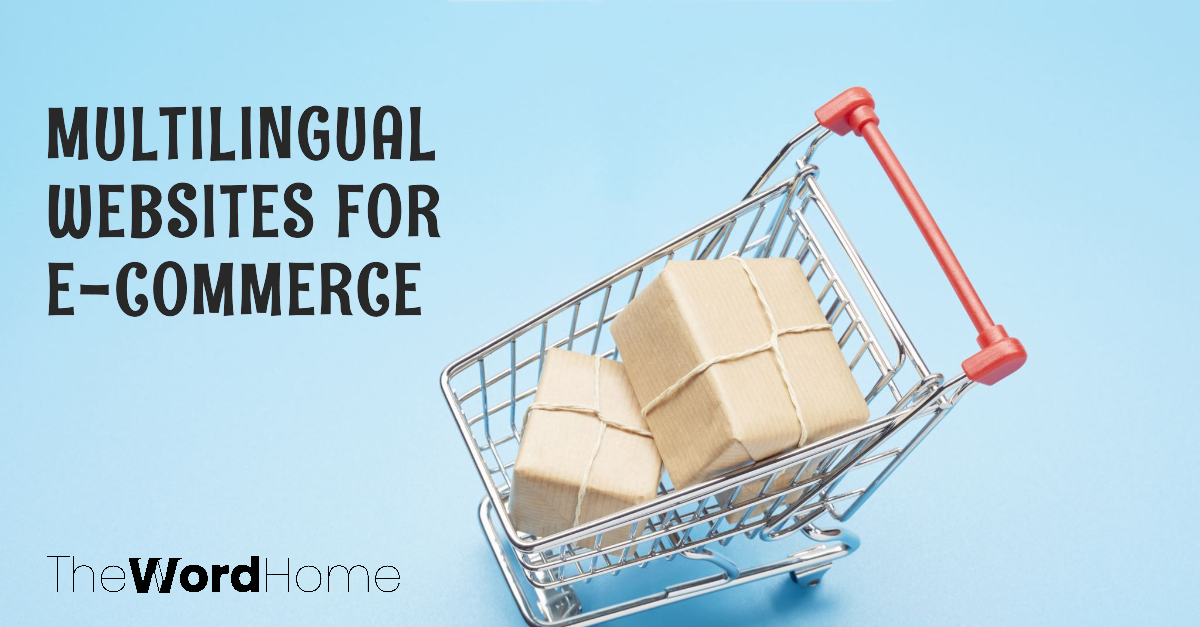Table of Contents
In today’s globalized e-commerce landscape, reaching beyond your borders presents an exciting opportunity to expand your customer base and skyrocket sales. However, simply translating your product descriptions is not enough. To truly resonate with international audiences and drive conversions, you need to localize them.
Localization goes beyond mere translation; it is about adapting your content to the cultural, linguistic, and functional preferences of your target market. This means using language that they understand, addressing their specific needs and desires, and presenting information in a way that resonates with their local context.
Why localize product descriptions?
Here are just a few reasons:

- Increased conversion rates: Studies show that localized product descriptions can lead to conversion rate increases of up to 70%.
- Improved brand perception: Customers appreciate the effort you put into understanding their language and culture, leading to increased brand loyalty and trust.
- Enhanced SEO: By using relevant local keywords in your descriptions, you will rank higher in local search results, boosting your online visibility.
- Expanded market reach: Unlock new markets and cater to diverse customer segments, significantly increasing your sales potential.
How to localize product descriptions effectively:
1. Know your audience

Before diving into translations, conduct thorough market research. Understand your target audience’s demographics, cultural nuances, and preferred tone of voice. This ensures your descriptions resonate with their needs and expectations.
2. Use culturally appropriate localization
Avoid slang, idioms, and humor that might not translate well. Use clear, concise language that is easily understood by your audience.
3. Highlight relevant benefits
Focus on the features and benefits that matter most to your target market. Consider local preferences, pain points, and aspirations.
4. Use local measurements and units
Do not assume everyone uses the same units as you. Convert weights, sizes, and temperatures to the local standard.
5. Optimize for local search engines
Include relevant keywords in your descriptions that local customers might use to search for your products.
6. Leverage user-generated content
Showcase testimonials and reviews from local customers to build trust and credibility.
7. Get professional help
While machine translation has improved, professional localization services ensure accuracy, cultural sensitivity, and SEO optimization.
8. Go Beyond Literal Translations
Machine translations often miss the mark, resulting in awkward and culturally insensitive phrasing. Invest in professional translation services from native speakers who can capture the essence of your message in the target language.

9. Focus on Benefits, Not Just Features
Don’t just list features; explain how they benefit the customer. Use clear and concise language that highlights how your product solves their specific problems or enhances their lives.
10. Embrace Cultural Nuances
Colors, symbols, and even humor can have different meanings across cultures. Be mindful of these differences and adapt your descriptions accordingly.
11. Use Culturally Appropriate Images:
Images play a crucial role in product descriptions. Choose visuals that align with your target audience’s cultural norms and preferences.
12. Maintain Brand Consistency
While adapting to local preferences, ensure your descriptions maintain your brand voice and messaging. Consistency builds trust and strengthens brand recognition across borders.
13. Embrace User-Generated Content
Customer reviews and testimonials translated into the local language can be powerful tools. They build trust and social proof, influencing purchasing decisions.
14. Test and Refine
Don’t assume your initial translations are perfect. A/B test different versions of your descriptions to see what resonates best with your target audience.
15. Continuously Monitor and Update

Language evolves, and so should your product descriptions. Regularly monitor trends and update your translations to ensure they remain accurate and relevant.
Bonus tip: Consider using multimedia like images and videos to showcase your products in a way that transcends language barriers and resonates with a global audience.
Remember: Localization is an ongoing process. Regularly monitor your results, gather feedback from your target audience, and adapt your product descriptions to ensure they continue to resonate and drive sales.
Through investing in localized product descriptions, you are not just translating words – you are building meaningful connections with international customers, and unlocking a world of growth potential for your e-commerce business.
By implementing these ten tips, you can create localized product descriptions that resonate with international audiences and drive sales. Remember, successful e-commerce translation is about more than just words. It’s about understanding your target market, building trust, and offering a seamless customer experience. Embrace the power of localization, and watch your business thrive in the global marketplace.


